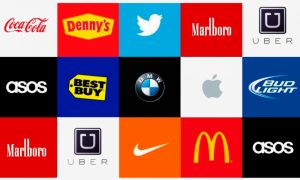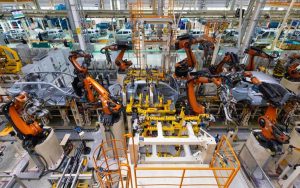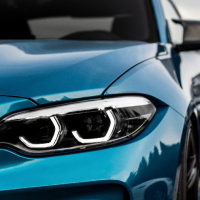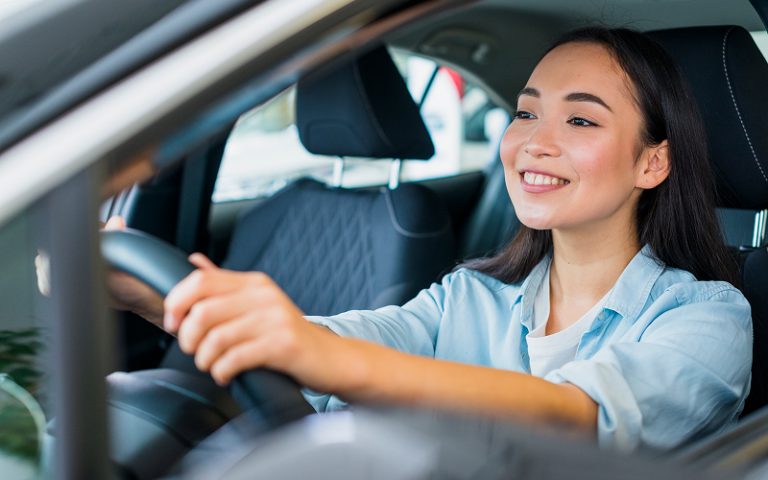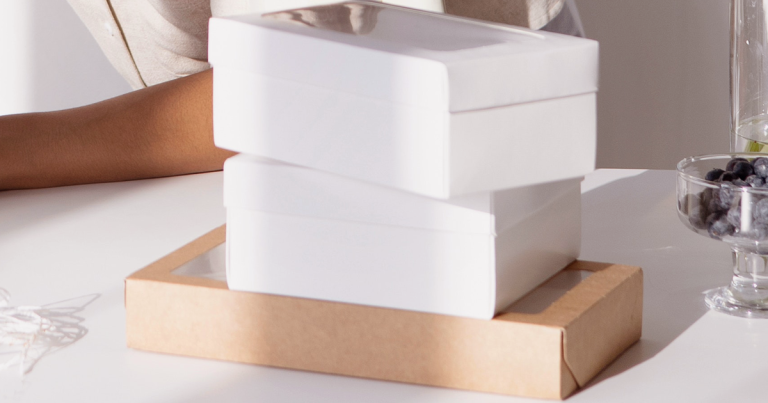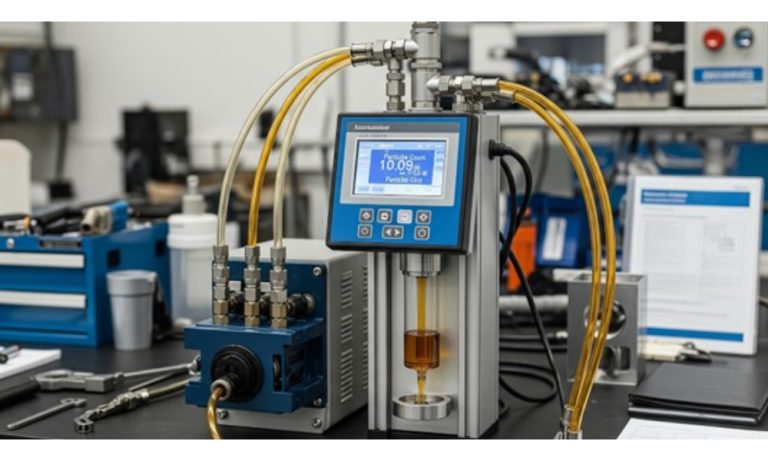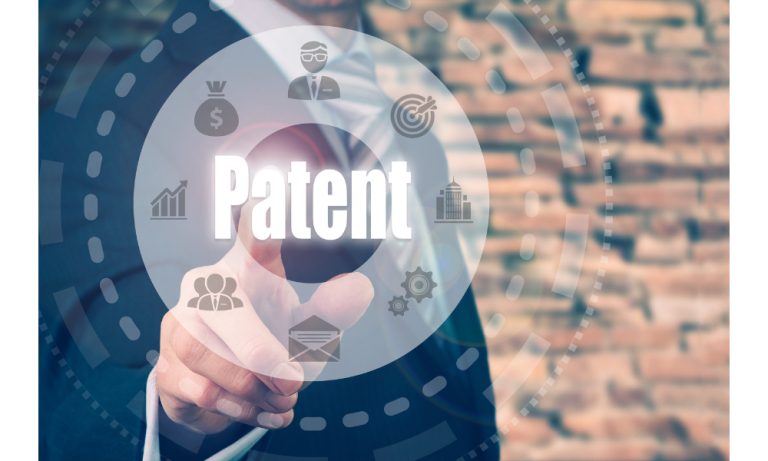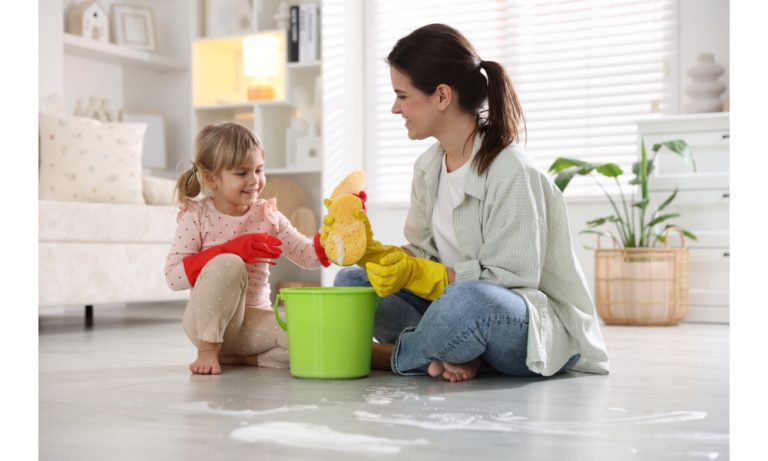Any car owner would love to wake up seeing their car in pristine condition even after being in service for a long time. It’s so easy for a car’s paint to fade, peel, crack, or be scratched over time. This reason is why owners need to take responsibility to clean, maintain, and protect their automobiles.
Lately, there’s been a sudden surge in demand for paint protection film (PPF). This product was initially used to protect helicopter blades from damage during the Vietnam War. Now, it serves its purpose as a transparent protective surface layer for cars. Owners often apply it to the areas most susceptible to be damaged or hit by debris. Some choose to use it for the entire vehicle. It can easily be customized to fit the needs of a specific vehicle.
Advantages and Disadvantages of PPF
A paint protection film is made of an ultra-thin polymer layer that protects a car’s clear coat and the paint underneath it. It is known to prevent surface scratches, reduce UV exposure, and generally act as a shield from hard water deposits, acid rain, and oxidation.
Some of the known benefits of PPF are the following:
- An exceptional choice for protection against hard chips caused by small rocks.
- PPF has self-healing properties that make it the most durable option for paint protection.
- Since it is self-healing, it is visually scratch proof.
- It can protect any vehicle for up to 10 years.
However, there are still some disadvantages to using PPF. These are listed below:
- Compared to wax, paint sealants, and ceramic coating, PPF is the most expensive choice.
- It can’t repel water and dirt effectively, which causes it to take dirt and collect water spots quickly.
- It requires owners to wash their car more frequently because debris and dirt quickly accumulate over it.
- The entire section of PPF needs to be replaced when damaged.
- When the vehicle is often exposed to the sun, it can cause quick discolouration of the PPF.
How to Install PPF
Installing the PPF to a car is a very delicate and meticulous job. It is often done by a professional auto detailer.
- First, they wear gloves or wash their hands to prevent film contaminants like fingerprints.
- Next, the car is cleaned of any micro debris using a clean microfibre cloth and water. Windows should also be cleaned using an automotive-safe glass cleaner to prevent non-adhesion of the PPF and noticeable film bubbles.
- The PPF sheet will be cut according to the size of the section needing installation.
- The installer will then spray an activator solution like water and soap or water and isopropyl alcohol to avoid unnecessary fingerprints on the adhesive.
- Then, the PPF is fixed onto the sections by using a car squeegee. This is the hardest stage of the process because the installer may need to carefully readjust the film several times so that bubbles and creases won’t appear.
- The last part of the PPF installation process is applying heat to activate the film adhesive. This will cause the material to shrink and fit perfectly to the car section.
Conclusion
Paint Protection Film or PPF is a good way of protecting a car’s paint surface. However, it is still not immune to sharp objects, fire, certain acids and damage caused by UV exposure. It is important to ask a local car expert to know if PPF is the most suitable protection for a car or vehicle.

